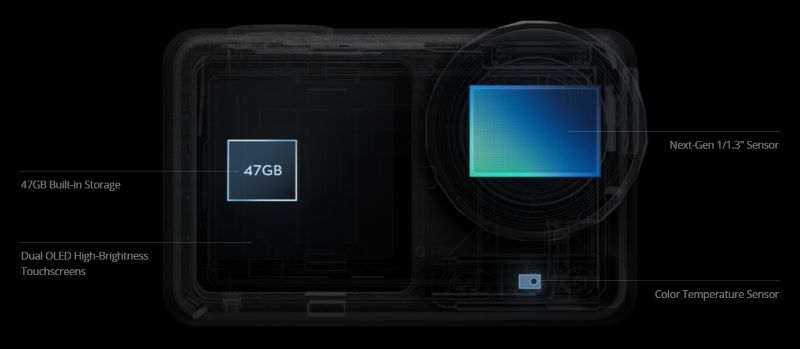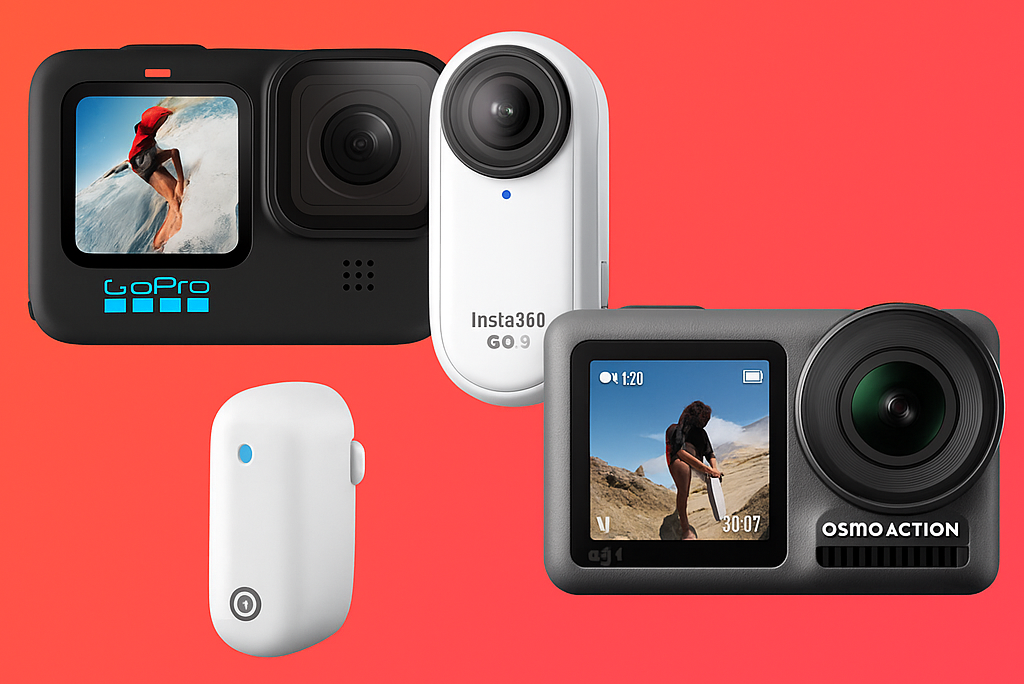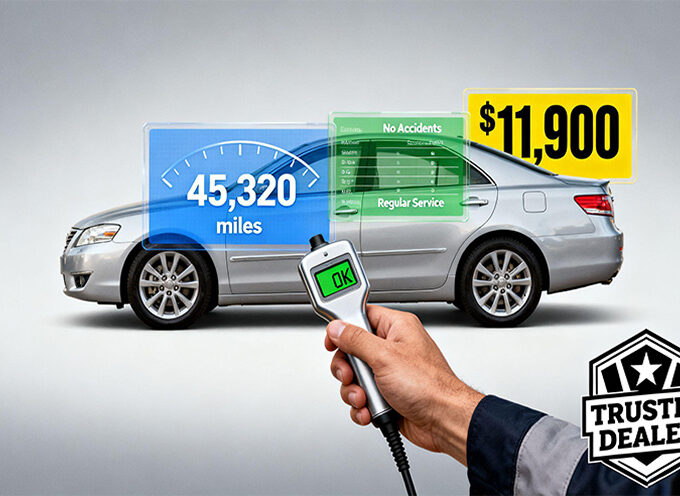First-person view cameras are gradually moving from extreme sports and professional imaging tools to the daily lives of the general public. It is commonly found in action cameras or head-mounted cameras, capable of capturing the real scenes seen by the wearer and providing an immersive experience. At first, it was mainly favored by extreme sports enthusiasts and travel bloggers. Now, with the rise of short videos and social media, the user base has expanded rapidly. The latest trend shows that more and more people are beginning to use it to record their lives, from cycling commutes, travel scenery, to parent-child interactions and pet companionship, all of which have become real stories captured by the lens. This trend has driven the popularization and innovation of first-person perspective cameras. However, among the wide variety of products, choosing the right one still requires a comprehensive consideration of the usage scenario, performance, and budget.
The direction of choice is determined by the usage scenario
If you are passionate about extreme sports such as skiing, diving, and rock climbing, then the durability, water resistance, and shock resistance of the equipment are indispensable. For example, the GoPro Hero 12 Black is renowned for its powerful water and drop resistance. It can be used at a depth of 10 meters underwater without a casing and has excellent electronic image stabilization, making it highly suitable for high-speed sports environments.
If there is a need for lightness, such as travel snapshots or short video creation, then a compact model like the Insta360 Go 3 is more suitable. It weighs only a few dozen grams and can be hung on the chest or magnetically attached to clothes, with almost no burden, and is very portable.
Image quality, performance, and anti-shake capability
Mainstream first-person perspective cameras generally support 4K video recording, but the details vary significantly. The advantage of the DJI Osmo Action 5 Pro lies in its large sensor, which performs more clearly in low-light environments, while GoPro stands out in high frame rate and color reproduction. For those who wish to record city cycling at night or cave exploration, a camera with stronger low-light capabilities would be more suitable. For users who pursue slow-motion and high-speed movement details, GoPro’s high frame rate mode offers more creative space.

Comfort and accessory ecosystem
The compact Insta360 Go series is significantly lighter than traditional cameras and is suitable for long-term wearing, causing almost no fatigue. However, such ultra-light products have limitations in battery life and storage capacity, and are suitable for short-term recording.
Mid-to-high-end models like GoPro and DJI are slightly heavier, but they have a complete accessory ecosystem and can be stably installed on helmets, chest straps, bicycles, and even drones, with a wider range of applications that can meet more professional needs.
Battery life and storage capacity
The replaceable battery design of GoPro and DJI provides a guarantee for long-term shooting, making it suitable for long-distance travel and professional creation. Although the Insta360 Go 3 has a relatively small battery, its usage time can be extended through the charging case, meeting the needs of daily shooting. For users who need continuous shooting, support for large-capacity memory cards should not be overlooked either.
Connection and sharing function
Modern action cameras generally support Wi-Fi, Bluetooth, and USB-C interfaces, facilitating data transmission. GoPro has made its supporting software and cloud services more complete, enabling it to quickly upload videos to the cloud for editing. Insta360 stands out with its unique AI automatic editing function, which can automatically generate short videos on mobile phones. DJI, on the other hand, focuses on professional users and offers a more stable wireless transmission experience.
Brand differences and choices
- GoPro: It represents the classic and professional nature of action cameras and is suitable for users who have high demands for image quality and image stabilization.
- Insta360: Renowned for its innovative design and lightweight design, it is ideal for Vlogs and casual snapshots.
- DJI: Relying on its accumulation of imaging technology, it offers a high-level imaging and control experience, making it more suitable for users who pursue professional effects.
Consumers with limited budgets can also consider some domestic brands with high cost performance. They can also provide reliable performance in regular shooting needs.
The balance between price and value
Choosing a first-person perspective camera is a process of balancing requirements and budget. If you are in pursuit of extreme sports and a comprehensive professional experience, GoPro remains your top choice. If you value portability and creative gameplay more, Insta360 will offer a unique experience. If you need to balance professional imaging and daily shooting, DJI products can provide reliable guarantees.
Only by clarifying your needs and understanding the differences can you find the first-person perspective camera that best suits you, turning your field of vision into an immersive experience for the audience.













Leave a comment